Design firm offers peek inside scheme endorsed by Labour leader Jeremy Corbyn
US practice Gensler has fleshed out its proposals for a temporary floating structure to house MPs and peers while the Palace of Westminster undergoes a £4bn renovation programme.
Its scheme looks to mirror the existing interiors of the main chambers of the House of Commons and House of Lords, as well as the main building’s Central Lobby and Royal Gallery, but would be constructed in modular form, based around a wooden frame, and float 10m away from the current buildings.
Earlier this month, Labour leader Jeremy Corbyn said he believed the idea of relocating MPs and peers to a temporary structure on the River Thames was “of merit and should be looked at”. A committee of MPs recommended in September that colleagues should be .
The current leading proposal for temporarily housing peers and MPs in the capital would see the creation of new chambers in the Queen Elizabeth II Conference Centre and the Department of Health’s Richmond House headquarters. Both buildings are a short walk from the Houses of Parliament.
Gensler said its proposals would cost £160 million and offer considerable savings – it gave a figure of £1.8bn – against the adaption of the QEII Centre and Richmond House.
It said the temporary structure would be constructed on a series of steel platforms fabricated in UK shipyards and provide 8,600sq m of new space with skylights bathing the chambers in daylight.
Gensler said a basalt stone walkway would run between the structure’s exterior and the chambers, which would be clad in understated white painted metal panels, while the hammer-beam roof of Westminster Hall would be a recurring architectural motif.
It said the temporary debating chambers for Lords and MPs would be replicated to their current dimensions, including colour schemes.
Philippe Paré, design principal at Gensler, said building a new structure from the ground up created the opportunity to incorporate workplace design principles that are proven to improve productivity, well-being and collaboration.
“We are conscious that any solution enabling a parliamentary decant will use public funds, so we have focused on restraint and efficiency,” he said.
“The simplicity of the interiors also gives the structure flexibility, which will be important for legacy use.”
Gensler said it believed the temporary structure could be built in three years, and could be floated away to serve other purposes – possibly as another nation’s democratic centre or a museum – once it was decommissioned.
The firm said it believed the floating parliament building would be as secure as the current building from a security perspective as it would be accessed via the existing entrances to the Palace of Westminster while renovation work was under way.
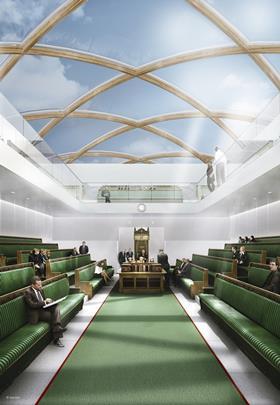





















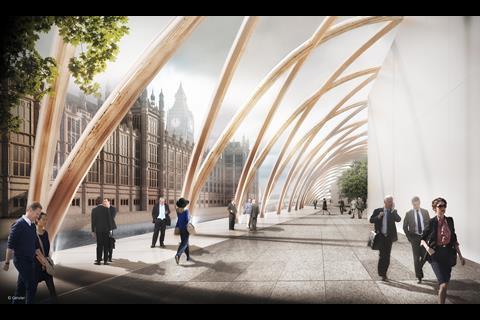
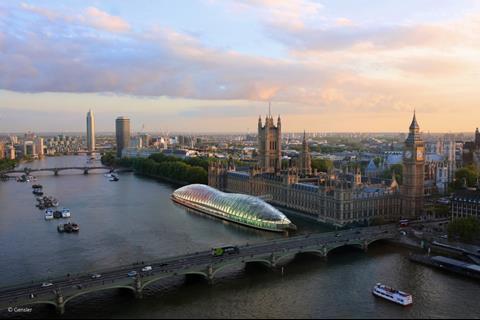

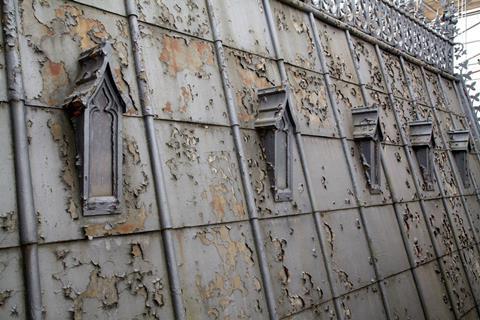
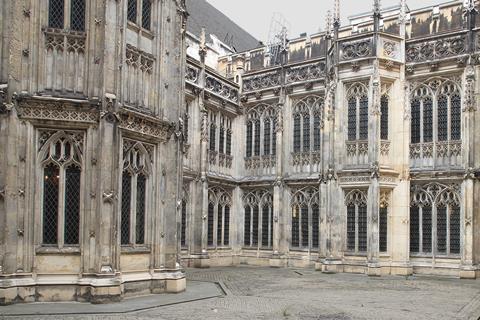







No comments yet